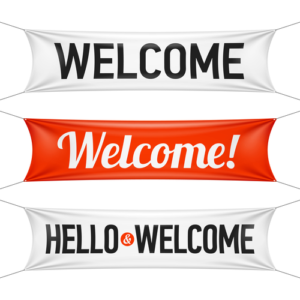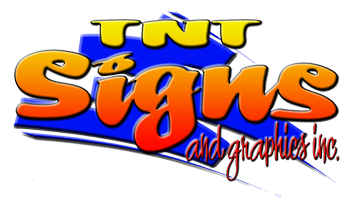Large format printing allows you to create glossy images that are up to eight feet wide. That’s seriously big! For indoor displays and trade shows, there might not be anything better.
With traditional offset printing, to get an image to look that good you would need to use special inks, a boutique paper medium, and probably a file with 300 or more DPI (dots per inch).
The amazing thing about large format printing is that you can translate that same eye-catching brilliance to the big screen, so to speak, with much more manageable file sizes and smaller DPI than you might have imagined.
Believe it or not, you can have an incredibly lifelike reproduction illustrated on a large format print with a DPI in the 100 to 200 range. Even with 200 DPI you might only be talking about a file size of 600 MB, which isn’t that big considering all of the data per inch.
The reason that so much can be squeezed in to such a manageable package is that your eyes fill in the blanks and in a very real sense create the gorgeous large format print that greets guests at trade shows and your storefront.
Gestalt Psychology and Getting the Whole Picture

About a century ago a bunch of psychologists in Germany found out that people actually fill in the blanks to make sense of the world around them. In other words, what people see in your large format prints is as much in their heads as in the real world.
The truth is that your mind naturally groups things together to form a whole picture. If, for instance, you had a drawing of a square with a few spaces in the lines your mind would naturally fill in the blanks and you’d still say that it was a square (law of closure).
If things are spaced closely together (law of proximity), people tend to see them as a group, and people also group similar things together when they’re looking at an image (law of similarity).
Getting back to large format printing, you can actually use a lot of these Gestalt (meaning “shape”) concepts to get a lot of mileage out of a smaller file size and less dots per inch.
Large format printing uses inkjet printers, resilient UV inks, a few basic colors (cyan, magenta, yellow, and black), and either pixels (Photoshop) or scalable vector graphics (Adobe Illustrator) to bring your digital files to life.
- Resolution and Viewing Distance
In Photoshop you’ll see a tab for “resolution,” and that’s where you can tell the software how many dots per inch you need. Typically, the further away you are from the large format print, the fewer dots you need. Why? Because from far away people literally connect the dots to form the full picture in their minds. Pretty cool, right?
If you went right up to a 100 DPI large format print – really stuck your nose to a large format print intended to be viewed from 30 feet away – the resolution might not knock your socks off. From 30-feet away, though, your large format print would be admirably doing its job of gaining you more foot traffic, brand recognition, and walk-in customers.
For trade shows – as opposed to in-store window prints – where folks are more likely to get up close and personal with your large format print, going with more DPI and a gloss finish that won’t reflect too much spotlighting is the way to go. It’s about matching the resolution of your large format print to the application and viewing distance of your intended audience. Contact us for more information.
